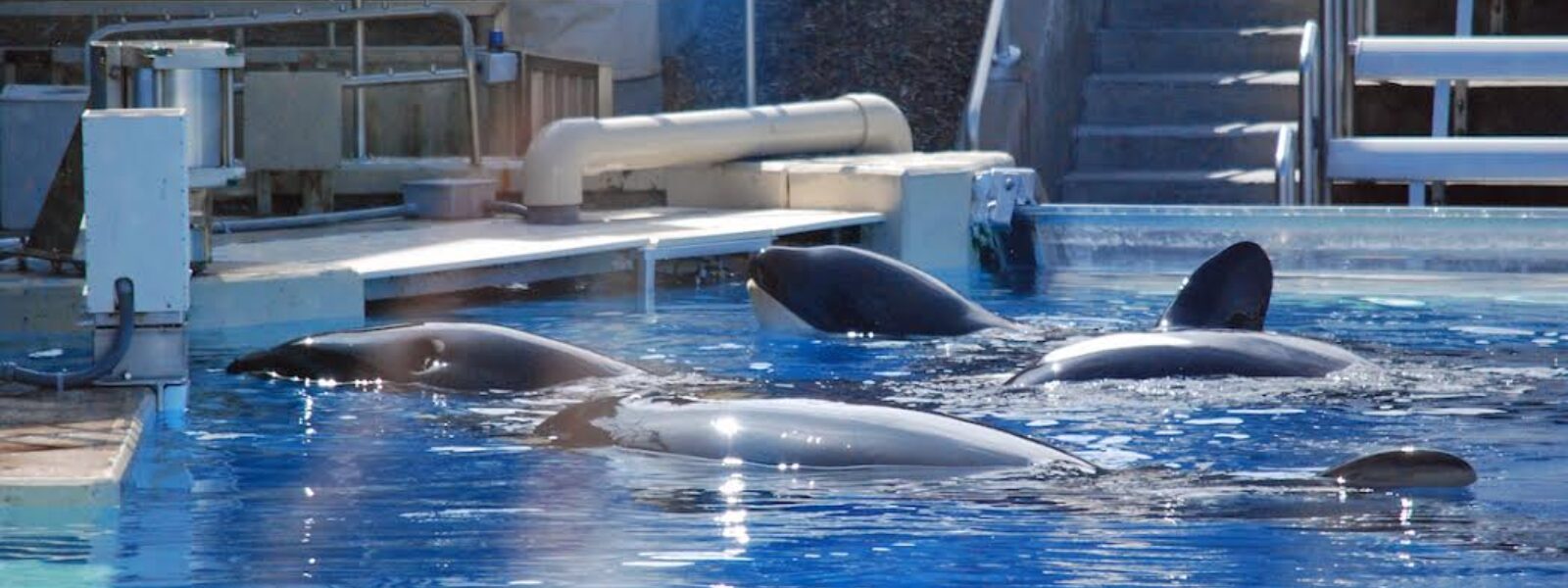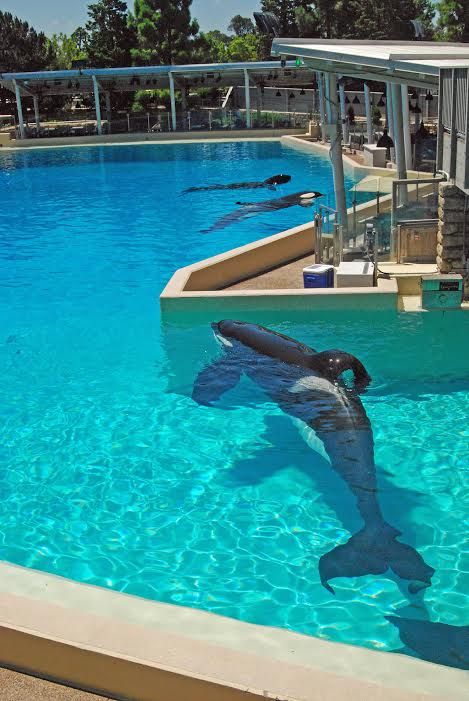

Kasatka was around a year or two old when she was captured and removed from her family in Icelandic waters in 1978. One of only a few captive orcas left at SeaWorld that were taken from the wild (the majority of SeaWorld’s current orcas were bred in captivity), Kasatka was put to sleep by SeaWorld vets on Tuesday due to a “lung infection” that has lasted for years.
Her death follows several other recent captive orca deaths, including Tilikum, the male orca featured in the documentary “Blackfish”, and Kasatka’s granddaughter Kyara, who died just a few weeks ago at only three months of age.
So far, SeaWorld has rejected releasing any detailed necropsy reports on any of the dead orcas in its care.
We should not be surprised. Outraged and bitter – yes. But surprised? SeaWorld has lost around 40 captive orcas over the years. The only difference now is that the media and social media are watching and reporting on the deaths. Legal efforts are under way to obtain the health records of SeaWorld’s captive orcas.

Orcas do not belong in aquariums. They are too big, too active, too intelligent, and too much bound to their wild families to be put in small concrete tanks to do tricks for food. SeaWorld must keep its captive orcas, as well as its dolphins, hungry in order for them to do the tricks we see at orca shows. If they don’t do the tricks, they don’t eat.
Captive orcas often spend their time in tanks listlessly “logging” at the surface, something wild orcas do not do. They are bored and frustrated, and in the presence of strangers rather than their families. Sometimes they break out in aggression towards other orcas or even their trainers. Tilikum was connected to the deaths of two trainers and one additional man who snuck into Tilikum’s tank after closing and was found dead the next morning. SeaWorld claims the people “drowned,” but in fact they died from trauma of being bitten and crushed and drowned.
Kasatka was 42 when she died. The only older orca in captivity at SeaWorld is the female Corky, who lives in San Diego SeaWorld and was caught in the Pacific Northwest. Her wild relatives have been identified in pods in that area, and it is possible that Corky could be returned to her wild family. Possible, but not likely, given SeaWorld’s opposition to removal of any of their orcas from the cramped concrete tanks. Corky is thought to be 53. In the wild, female orcas can live up to as long as 100 years.
SeaWorld, under pressure, announced a year ago that they would no longer breed orcas in captivity, so their current captive orcas are, in their own words, “the last generation” of orcas in captivity at SeaWorld. That generation may not last long, as the deaths of Tilikum, Kyara, and Kasatka indicate. Orcas do not do well in captivity.
The alternative is to retire the SeaWorld orcas to sea sanctuaries, where the orcas would not have to perform, and would have a much larger and varied environment to live in. They would still be fed and given veterinarian care, but could chase fish and interact (or, just as importantly, not interact) with their sanctuary mates. It would provide a measure of freedom along with the richness of the true marine environment, as opposed to heavily chlorinated seawater used at SeaWorld’s facilities.
But the choice to retire their orcas to sea sanctuaries will be up to SeaWorld, unless forced by Congress, also unlikely.
For more information on sea sanctuaries and the efforts the International Marine Mammal Project of Earth Island Institute and other groups to develop a sea sanctuary for orcas and other cold-water cetaceans, see the Whale Sanctuary Project.